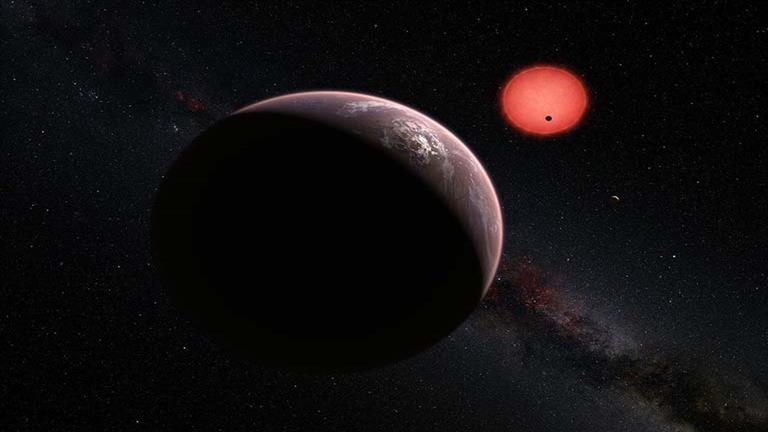The search for evidence of extraterrestrial life is still ongoing, especially in light of the discovery of seven rocky planets orbiting the Earth-like red dwarf star Trappist-1 f in the constellation Aquarius.
The seven planets have a size that is comparable to Earth or somewhat larger, and at least three of them have a high likelihood of having liquid water.
Following the discovery of an ocean on one of Saturn’s moons, “Enceladus,” recent studies suggest that it may be more likely than previously believed that life exists there. Additionally, more evidence is indicating that Mars’ surface contains more wet and warm regions than was previously believed, in addition to the remains of an ancient ocean.
One of Saturn’s smaller moons, Enceladus, which is comparable in size to Jupiter’s moon Europa, has an ocean of liquid water beneath its surface.
Additionally, water vapour plumes that were launched into the moon’s atmosphere from the south polar region were passed over by NASA’s Cassini mission. It is assumed that the ocean itself provided this water.
In water plumes, Cassini discovered some perplexing components.
In addition to water molecules, the spacecraft also discovered salt, methane, and organic compound molecules, as well as signs of active hydrothermal vents on the ocean floor. With all of this, the ocean has the potential to support life.
The absence of phosphorous was the only thing, though. An ingredient that strongly suggests the possibility of life has not been discovered by Cassini, but a recent study from scientists at the Southwest Research Institute in Texas demonstrates that it is likely present.
According to information shared by the scientific website “Earth Sky,” study co-author Christopher Glenn claims that if phosphorous is discovered, the ocean of “Enceladus” may thus contain all the components required for life, at least as we know it on Earth.
Glenn noted that one of the primary targets of humanity’s search for life in our solar system is the moon Enceladus, and that in the years since NASA’s Cassini spacecraft visited the Saturn system, scientists have gathered data about it indicating the existence of all the essential elements for life as we know it. While the biological element phosphorous is not directly identified, “our team found evidence of its presence in the ocean beneath the moon’s icy crust.
Despite the fact that none of these recent findings have established the existence of extraterrestrial life, they do demonstrate that the possibilities are expanding, from microscopic life to other forms that are significantly more complicated than previously thought.
Will Enceladus serve as mankind’ future habitat when the Earth is destroyed?

